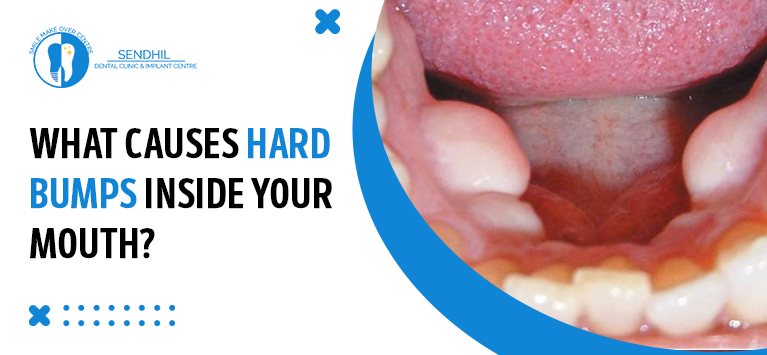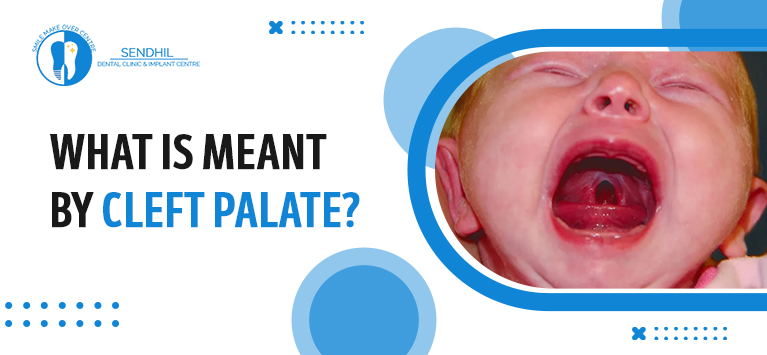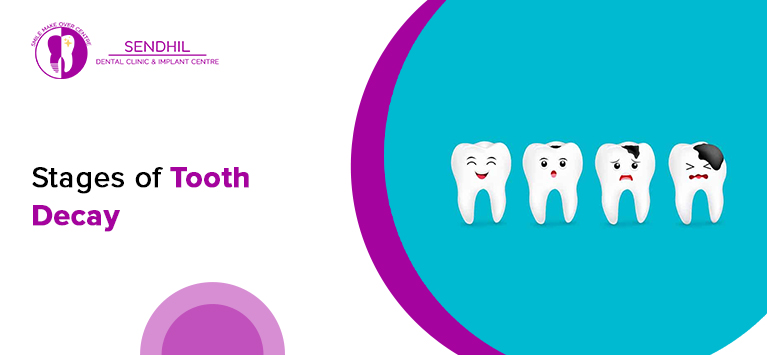
What causes hard bumps inside your mouth?
Do you notice any solid bumps covered by gum tissues inside your mouth? You might have Torus mandibularis.
It is an atypical yet harmless condition that causes bony growth in the mouth. In most cases, the extra bone grows on the tongue side surface of the lower jaw. Such solid bumps due to the overgrowth of bone are called Mandibular tori (or) Dental tori. In certain circumstances, the tori bone develops in the roof of the mouth.
Researchers have found that those extra bones are harmless and are not conjunctive to severe oral complications. However, the bone continues to grow and makes the victim would encounter persistent discomforts.
Table of Contents
What causes mandibular tori?
The excessively grown bone is also made up of bone tissues from which the jaw bones are formed. It is more common in men, especially in older adults. The main cause of this bony overgrowth is physical tension or strain on the jawbone due to poor oral habits like teeth grinding. Numerous elements accompany it as follows:
- Genetic influences
- Age
- Sex
- Teeth misalignment
- Misaligned jaw
- Injury in the interior side of the mouth
Aside from the mandible, the tori bone would develop on the palatal region and outside the jaw bone ridges. The tori bone grows slowly, no matter where it is.
What are the different types of tori?
Dentists have categorized this condition into the following 3 types depending on where the tori exists:
- Mandibular Tori – The overgrowth of bone in the mandible (i.e.) lower jaw.
- Palatal Tori – As the name implies, this kind of tori happens in the mouth palatal region (i.e.) roof of the mouth.
- Buccal Exostoses – The bony overgrowth occurs outsides of the jaw bone ridges. In such cases, the tiny hill of bone starts to develop in the facial aspects of the lower and upper jaw bones.
What are the risks of having a mandibular torus?
Torus mandibularis is asymptomatic (i.e.) it does not show any signs during its progression. However, it can be detected with interference in certain daily activities. For instance, the tori bone will interfere with the fake teeth set if you wear dentures.
The more room the tori bone occupies in your mouth, the more discomforts you will encounter. Although it is not painful, it nonetheless leads to various additional issues. Here are some instances:
- Gum infections – The bumps in the mouth covered with gum tissues can trap food debris and bacteria so that the gums start to become impacted. The victim might eventually develop gum disease because it is pretty hard to clean. Use oral irrigators to keep the bulbous-shaped tori clean.
- Speech impediments – The gingiva-covered large torus in the palate is powerful in distorting speech and articulation. People with large palatal tori bones will feel challenged to pronounce certain letters and words.
Besides these, dental tori can also trigger problems like loose teeth and eating-related gum injuries.
How do dentists treat dental tori?
Tori extraction is the only option recommended for those who seek dental support to get rid of difficulties caused by bony overgrowth,
Tori bone removal is recommended if the bone becomes inflamed or grows excessively up to the mouth. Whether the tori bone exists in the mandible or palate, the worst consequences brought by dental tori can be avoided with a surgical extraction. Oral maxillofacial surgeons primarily carry out this surgical procedure. Luckily, tori removal is possible with laser-assisted technologies nowadays.
Bottom line
Torus mandibularis is a problematic condition that triggers the overgrowth of bone inside the mouth. Such excessively grown bone appears bulbous-shaped in either the lower jaw or the roof of the mouth.
Do you notice one or more such bumps (dental tori) inside your mouth? Then, consult your dentist even though they do not intrude on your regular activities.
It is because dental tori are harmless in most cases but will become troublesome if they grow big.







